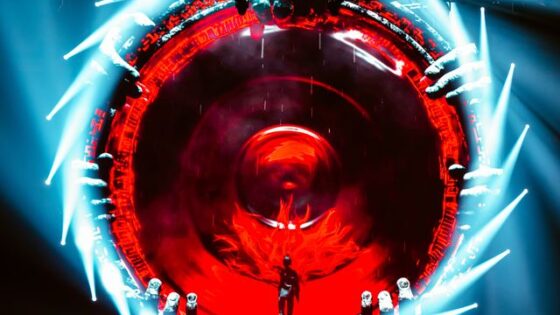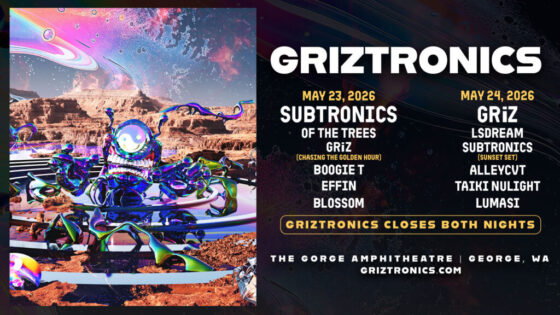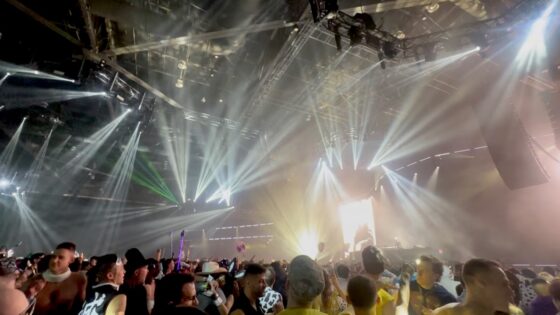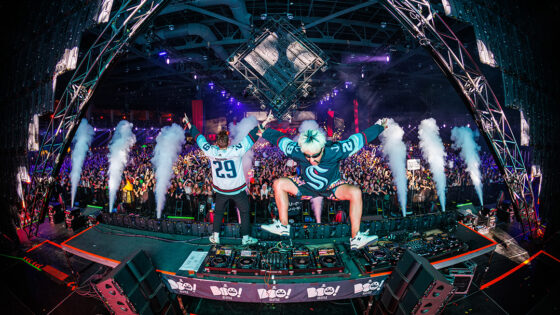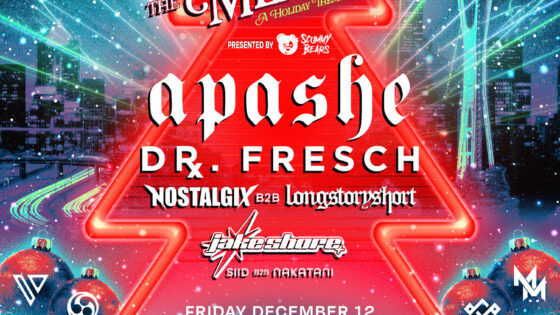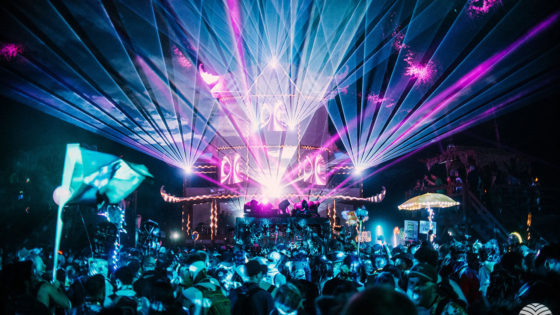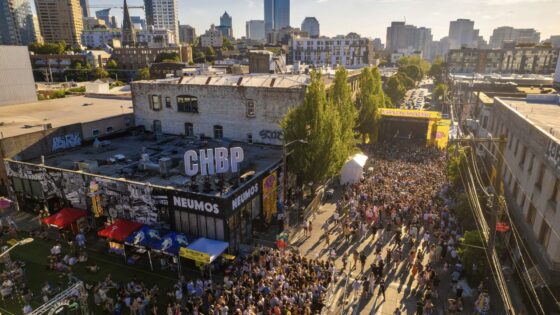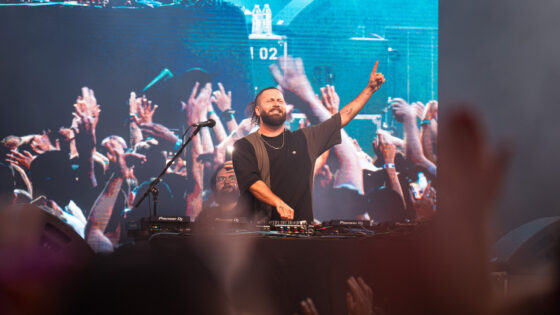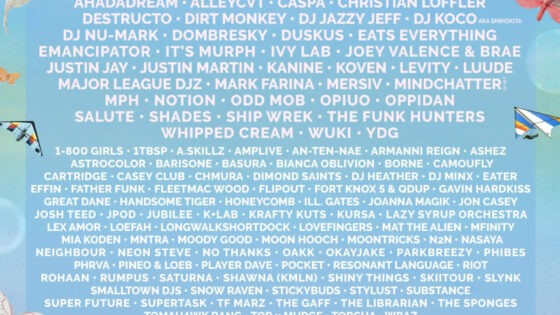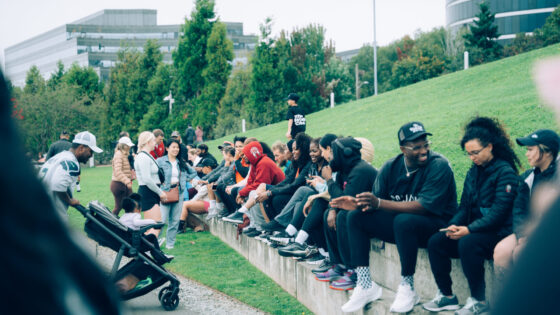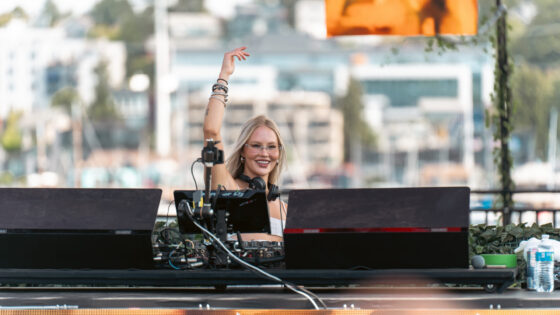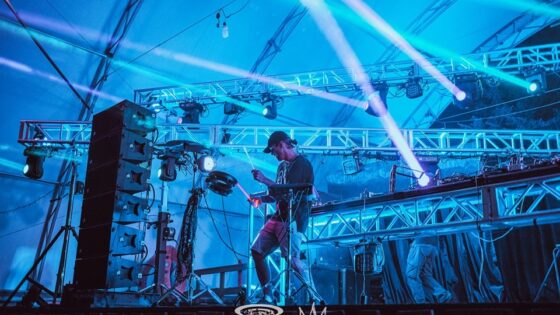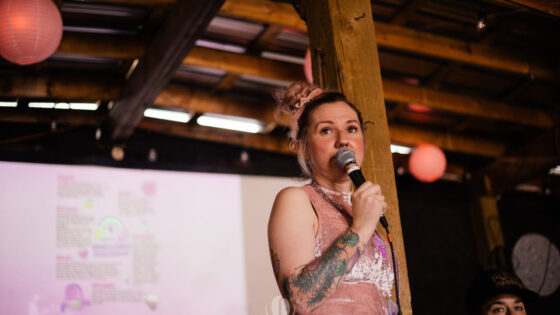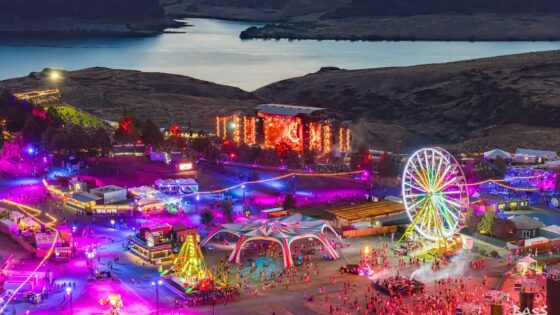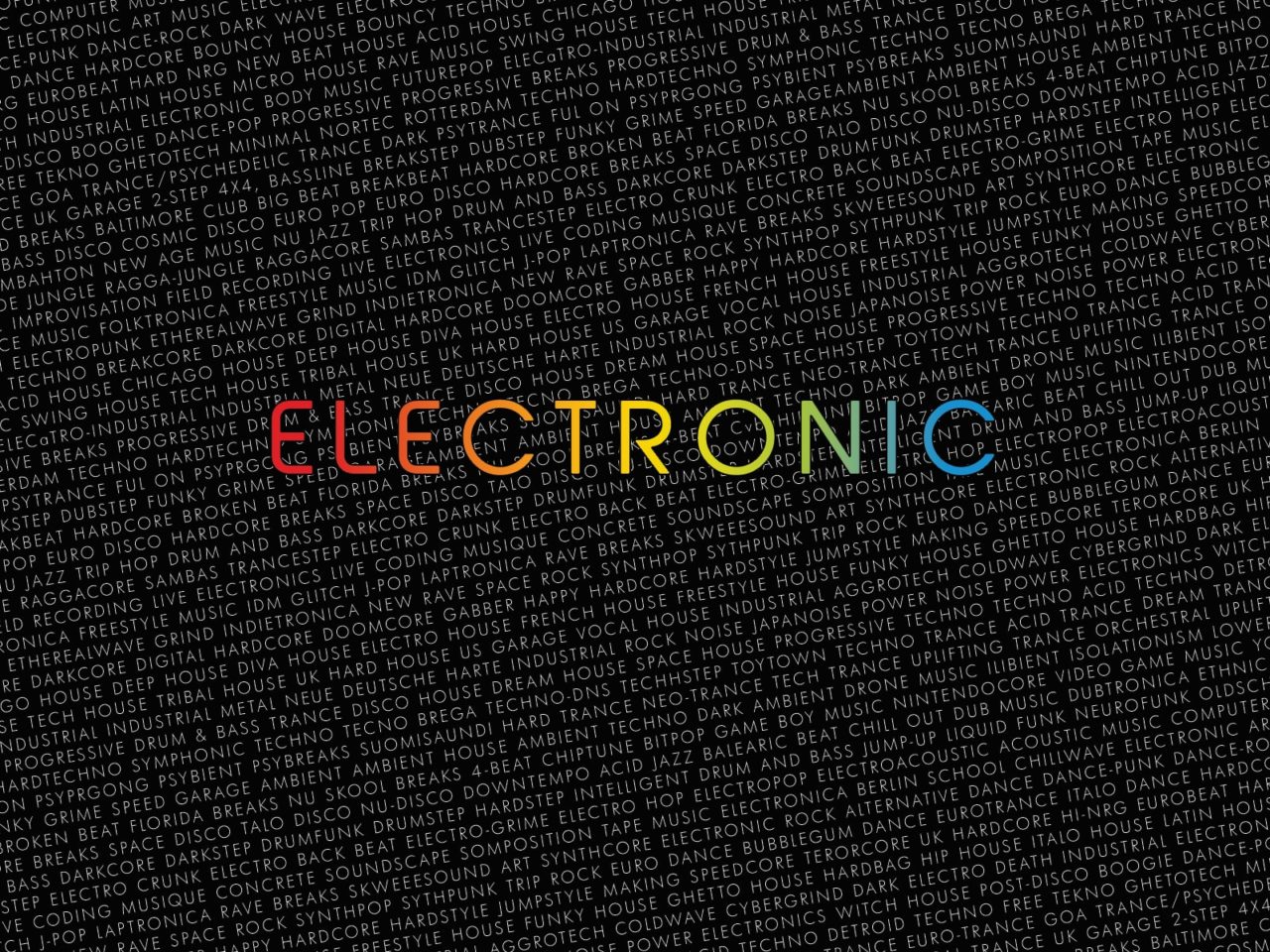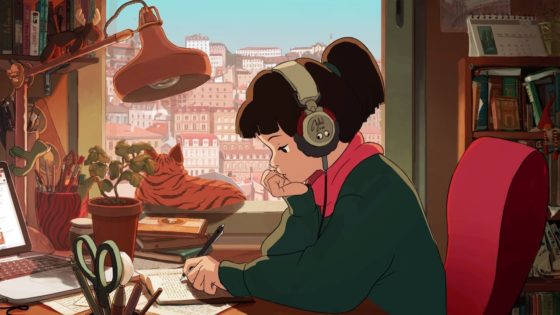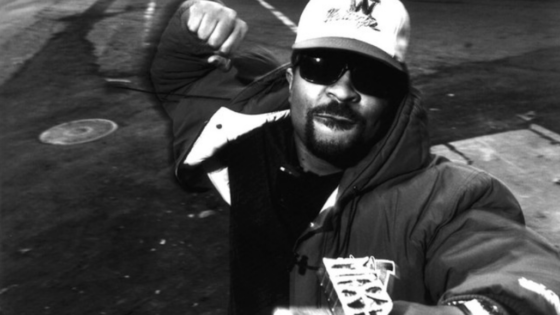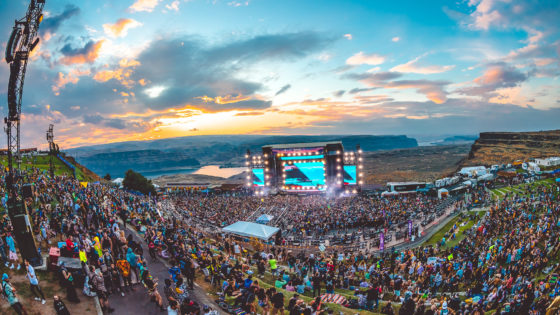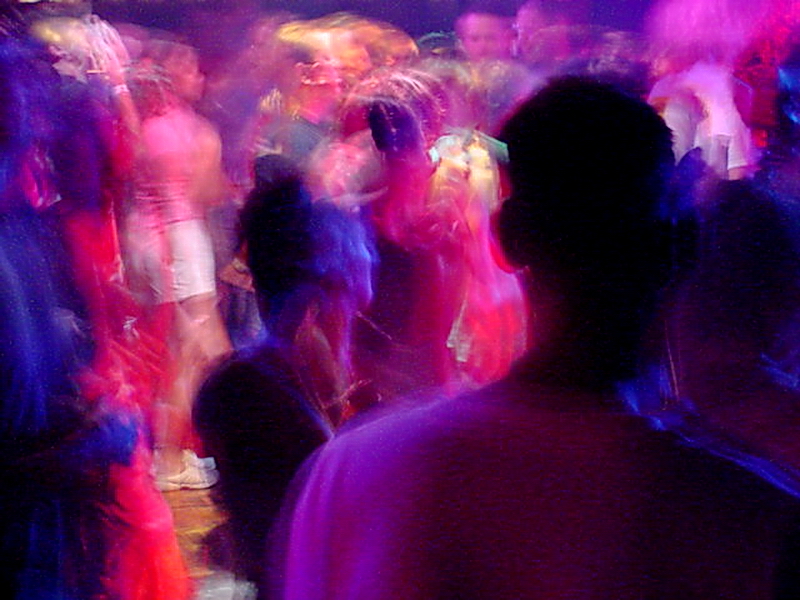Electronic music has evolved immensely since the introduction of the very first electronic instrument in 1897. Technological advancements throughout the century have made it possible to create the EDM that we know today. From late 1800s electronic music instruments, to the first synthesizers in progressive rock/pop bands such as The Beatles, The Beach Boys, and Pink Floyd, to entirely computer based production, there’s a lot of history in between. In these segments, we delve into moments from electronic music history to highlight its accomplishments and growth.
Events in History: March 1977
Disco reached its peak by mid 1970, but many, especially people of color and homosexuals, viewed disco as an elitist group. Fast forward to 1977 Chicago, which many consider to be the birthplace of house music. In Chicago’s Southside, a new, more inclusive style of music was born from a mix of disco and Europop.
Chicago disco clubs across the city, while claiming to allow African-American attendees, often turned them away. The largest gay club in the city that time, Dugan’s Bistro, was notorious for turning away African-American patrons. This, along with the general exclusiveness of clubs, paved the way for a new type of nightclub.
The Warehouse, known for the birth of Chicago house, got its grand reopening in March of 1977. Prior to this, its owner Robert Williams owned a previous club, but after falling out with business partners he decided to move in another direction. Williams purchased the warehouse in 1976, and it started hosting parties shortly afterwards, but only once a month. With the number of African-American-catered dance clubs opening throughout the city, Williams knew he needed an edge.
In its 1977 grand reopening, DJ Frankie Knuckles also becomes The Warehouse’s resident DJ. With Knuckles on the decks, The Warehouse begins its legacy in house music history. Knuckles, considered the “Godfather of House,” evolved the sound by combining disco and European electronic music with R&B, deep, soulful bass lines, and drum machine loops. In a 2011 BBC interview, Knuckles expounded on the new genre.
“I would program different break beats and use them as segues between songs and additional beats . . .I had my own little piece of heaven right there.”
It was here, that DJ Frankie Knuckles’ following coined the term “house music.” At the time, he played a sound in the club with the diversity and uniqueness that reflected its attendees. As other clubs began to see the popularity in Knuckles’ style and strict fan base, they began advertising that they too played “House Music ” (BBC, 2011). After The Warehouse raised its cover charge, Knuckles left to found the Power Plant. DJ Frankie Knuckles continued on to be one of the pioneers of house music. Many view his tracks Your Love and Baby Wants to Ride as the earliest house classics. Knuckles passed away on March 31st, 2014.
Below, we found a mix of DJ Frankie Knuckles from his earliest days at The Warehouse.
Songs in History: March 1983
On March 7th, 1983 New Order releases their song Blue Monday. Blue Monday goes on to become the biggest selling 12-inch single of all time, with massive success on the Europe and European dance music charts. New Order later reissues the track twice in 1988 and 1995. Only the 1988 Quincy Jones remix makes it to the U.S. Billboard Hot 100, coming in at #68. If you can’t recall Blue Monday off the top of your head, you will as soon as you hear it. This monumental track has been in various remixes, sets, and movies since its first release.
While modern EDM is highly different from its initial beginnings, its important to examine the historical moments that shaped the genre. We’re looking forward to more segments that head back in time through electronic music history. What other monumental moments can you recall in electronic music history? What songs, events, and artist do you feel shaped modern EDM? Share your responses in the comments below!
Important things happen in Pacific Northwest nightlife, and DMNW will send you alerts!

